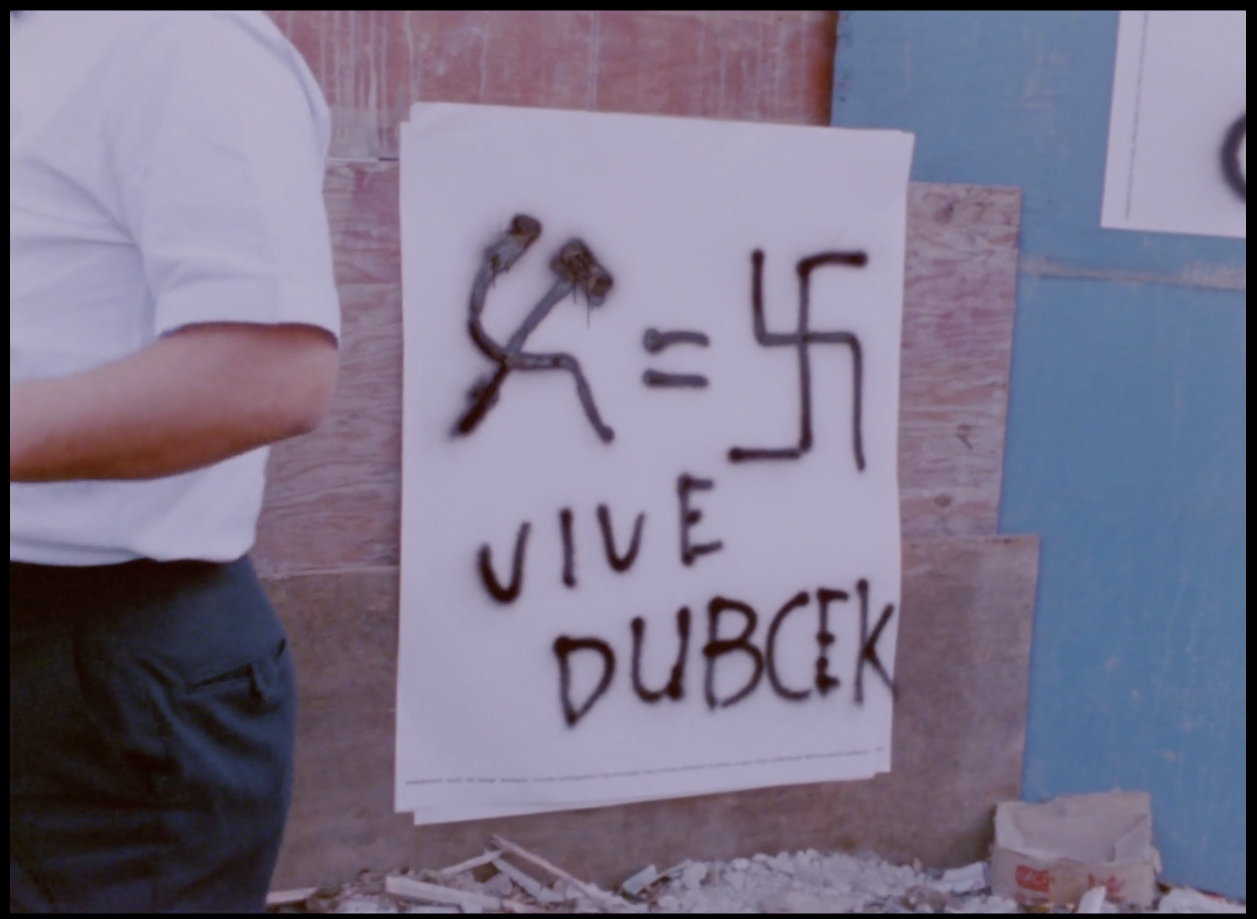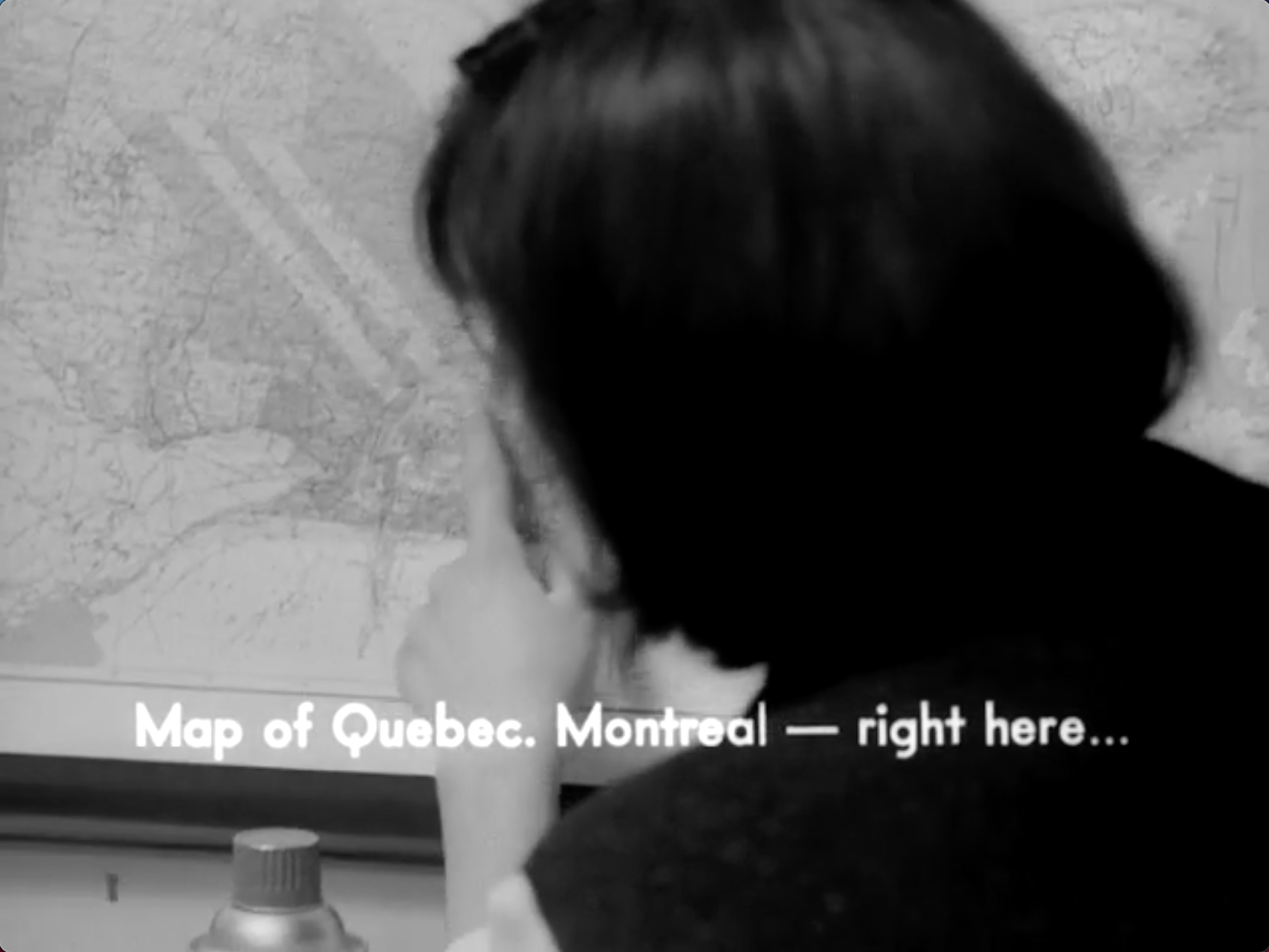Pindal’s The City does something very similar, in a similarly stark black & white form, but updates the vision to include late-twentieth century types (hippies!) and technologies (television!), and transforms it into an actual city symphony of sorts, an animated one that is scored to the sounds of driving jazz-rock. And although The City had a more modest form than The Land, its multimedia presentation was suitably “switched on.” As the NFB explains, it was screened on a massive lightboard “made up of thousands of 5-cm-wide luminescent wafers.” This panel served as the backdrop for a “three-dimensional exhibit and a light show,” one that dealt with “the theme of life in the city.”
The NFB’s current gloss on Pindal’s The City is that the film is light-hearted and “humorous,” an “animated fantasy that shows Canadians as urbanized people developing a vast wilderness with the aid of the latest technologies.” In truth, the film has a lot more in common with John & Faith Hubley’s Urbanissimo, an animated short that was presented at Expo 67, and one whose title belies its bitterly critical depiction of the metropolis as all-consuming and megalomaniacal: a true megalopolis. Here, too, in Pindal’s film, the forces of urbanization are represented as sprawling and destructive, and the vision it presents of its social order is largely one of alienation and chaos. Such themes were not new to Pindal, however. His earlier collaboration with Les Drew, What on Earth!, from 1966, featured a similar critique of urbanization coupled with a sweeping indictment of car culture, all in the form of a parody of Roman Kroitor and Colin Low’s NFB classic of popular astronomy and advanced special effects, Universe (1960).
The city we see in Pindal’s The City bears a remarkable resemblance to Montreal, from the nighttime view of its downtown core with its central Place Ville-Marie-like skyscraper tower (complete with spotlights), to its dominant forms of traffic and transportation (cars, buses, trucking, trains, but, sadly, no Metro), to its forms of entertainment (discothèques, boxing, dining). Even more striking is the fact that the only force that is depicted as being able to unite the city’s disparate urban types and provide them with a shared sense of purpose (albeit an alienated one) is the television broadcast of a hockey game, a Montreal Canadiens hockey game (note the Habs jersey in one of the stills above), one where les Canadiens took on Bobby Hull and the Chicago Black Hawks, winning 4-1.
Even the city’s cats and dogs are able to put their differences aside to share their fandom in harmony.
This post was inspired by the fact that the NHL’s ill-fated 2021 “regular” season is coming to a close, and its playoffs are on the verge of getting underway. In the team’s glory days, May was a month that often set Montreal on fire (sometimes literally), as the Canadiens would make yet another electrifying playoff run. Will 2021 be the Canadiens’s year for the first time in over a quarter of a century? Sure doesn’t feel like it at the moment.
You can watch Pindal’s The City (Osaka) here. (Please note that because of the fact The City was part of a multimedia presentation, the animation only begins at the 2:16 mark, after 2:15 of black screen accompanied by about 23 seconds of city sounds [traffic, voices, etc.] followed by hot jazz-rock, with a tiny bit of overlap between the two.)
[cities; city living; Frans Masereel; Kaj Pindal; animation; city symphonies; jazz-rock; chaos; alienation; urban types; hippies; transportation; urbanization; television; hockey; Montreal Canadiens; cats & dogs]
For more on expanded cinema at Expo 67, see the book Reimagining Cinema: Film at Expo 67 or check out the Cinema Expo 67 website.
For more on the NFB’s involvement with Expo 70, see this biog post.
For more on Frans Masereel’s The City, especially in its Dover edition form, see this “letter of recommendation” from The New York Times.
aj
































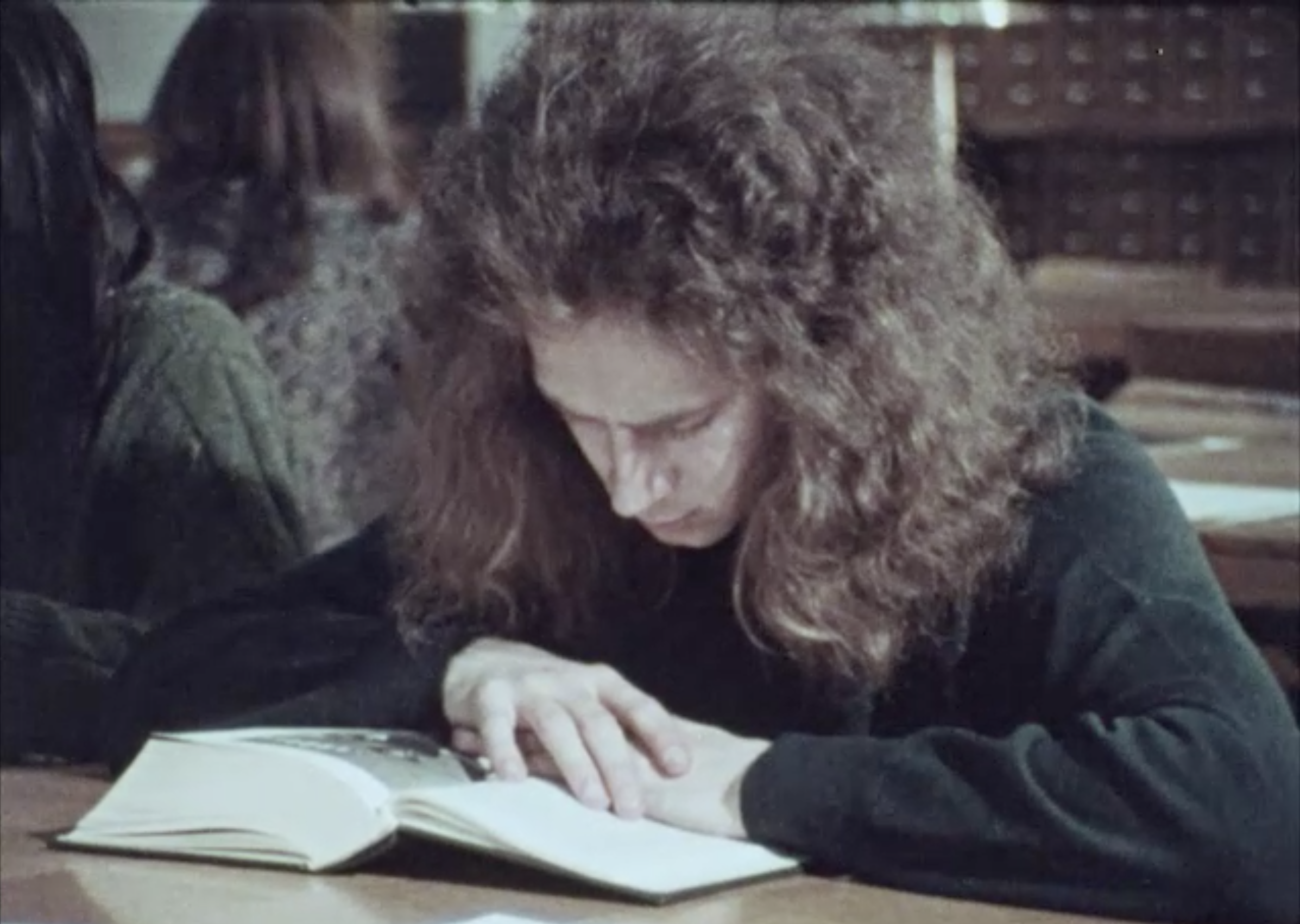




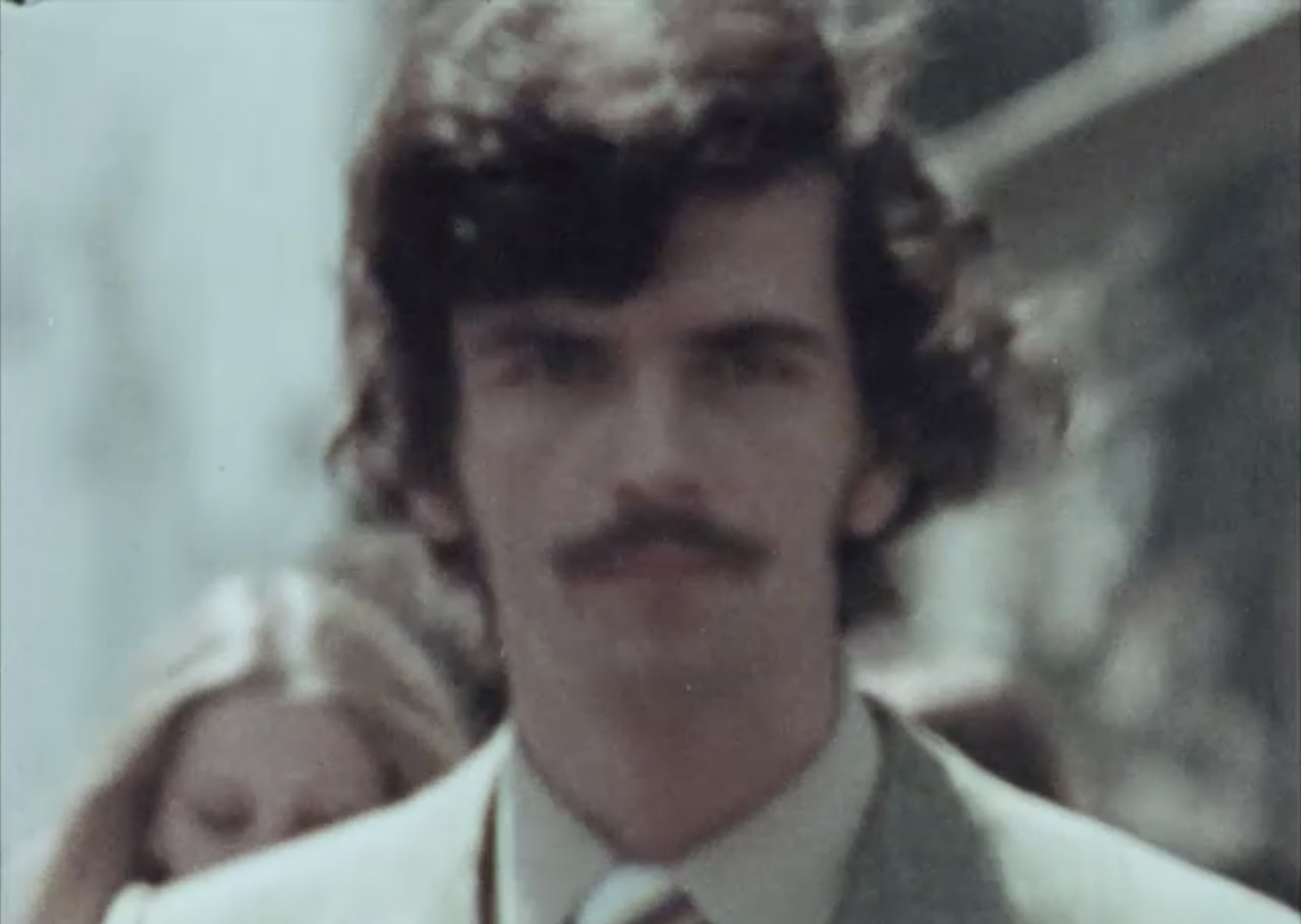







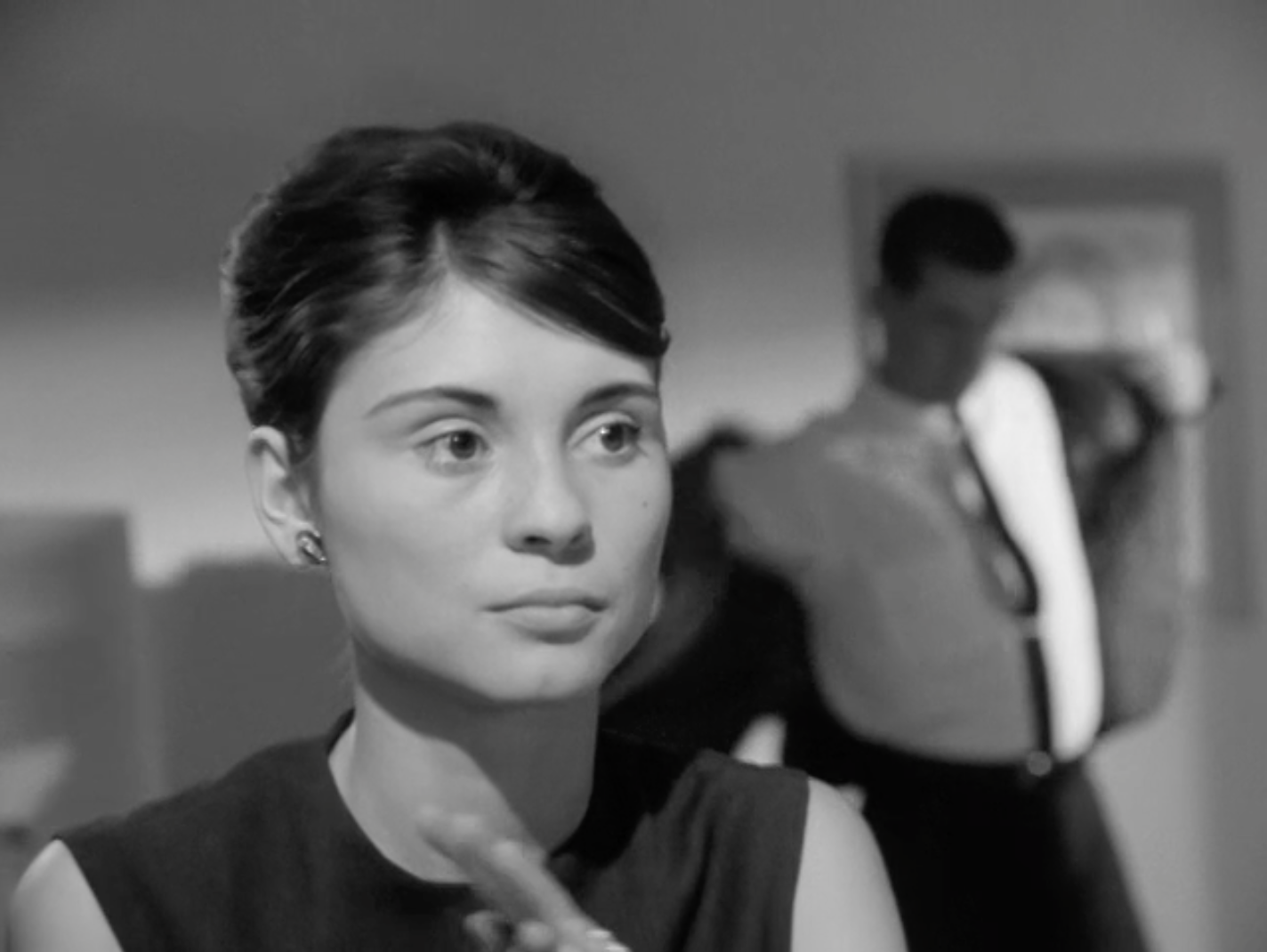






















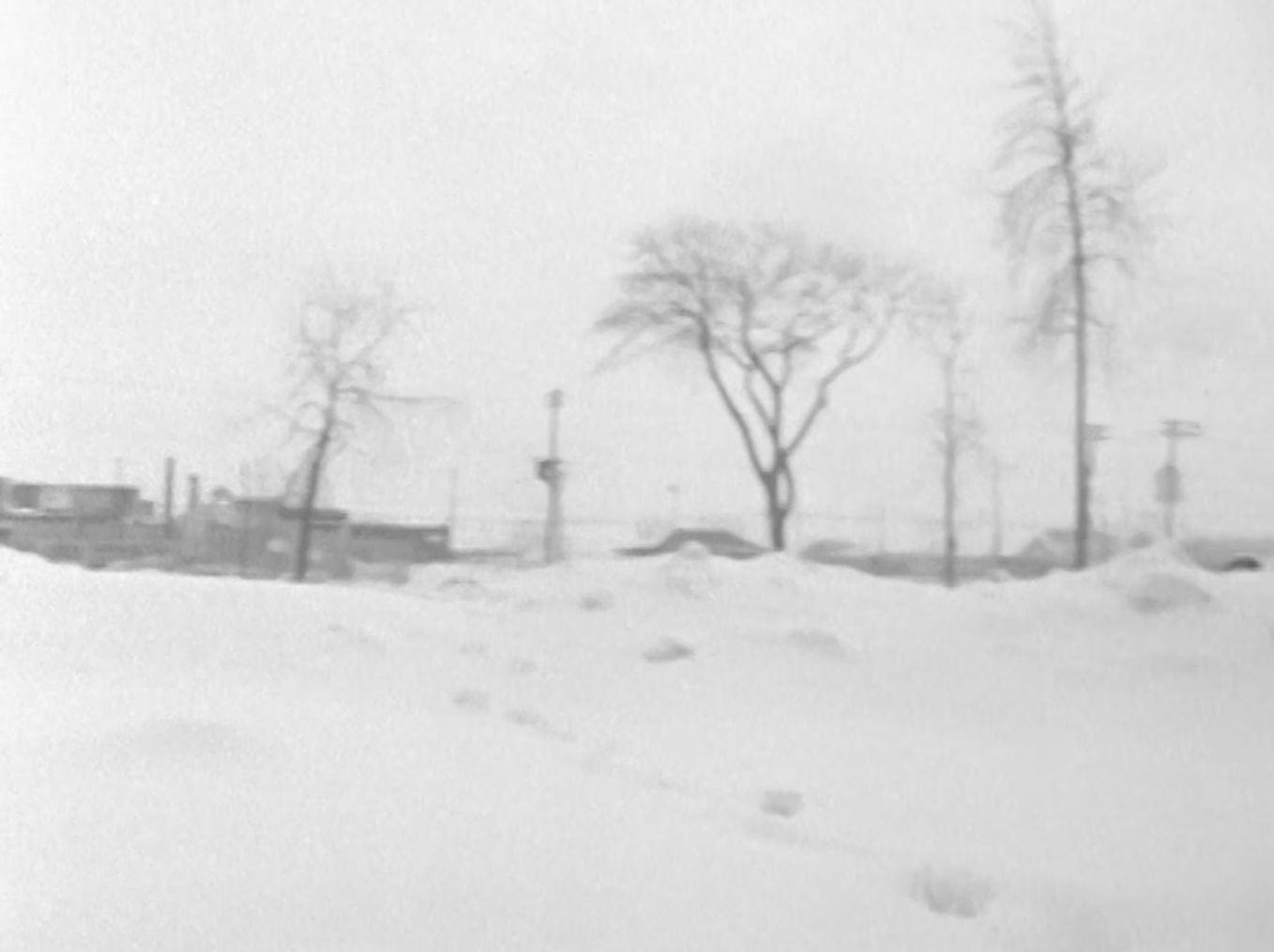





































































![NOTE: In case you can’t make it out: “Jesus Xst est mort. Vive Che Guevara. [Jesus Xst is dead. Long live Che Guevara.]”](https://images.squarespace-cdn.com/content/v1/5407bbece4b0d617570ff0ed/1624413182940-BIVGEK5LNE14P3M22A0B/Bozarts+1969+Giraldeau+vive+che+guevara.png)
